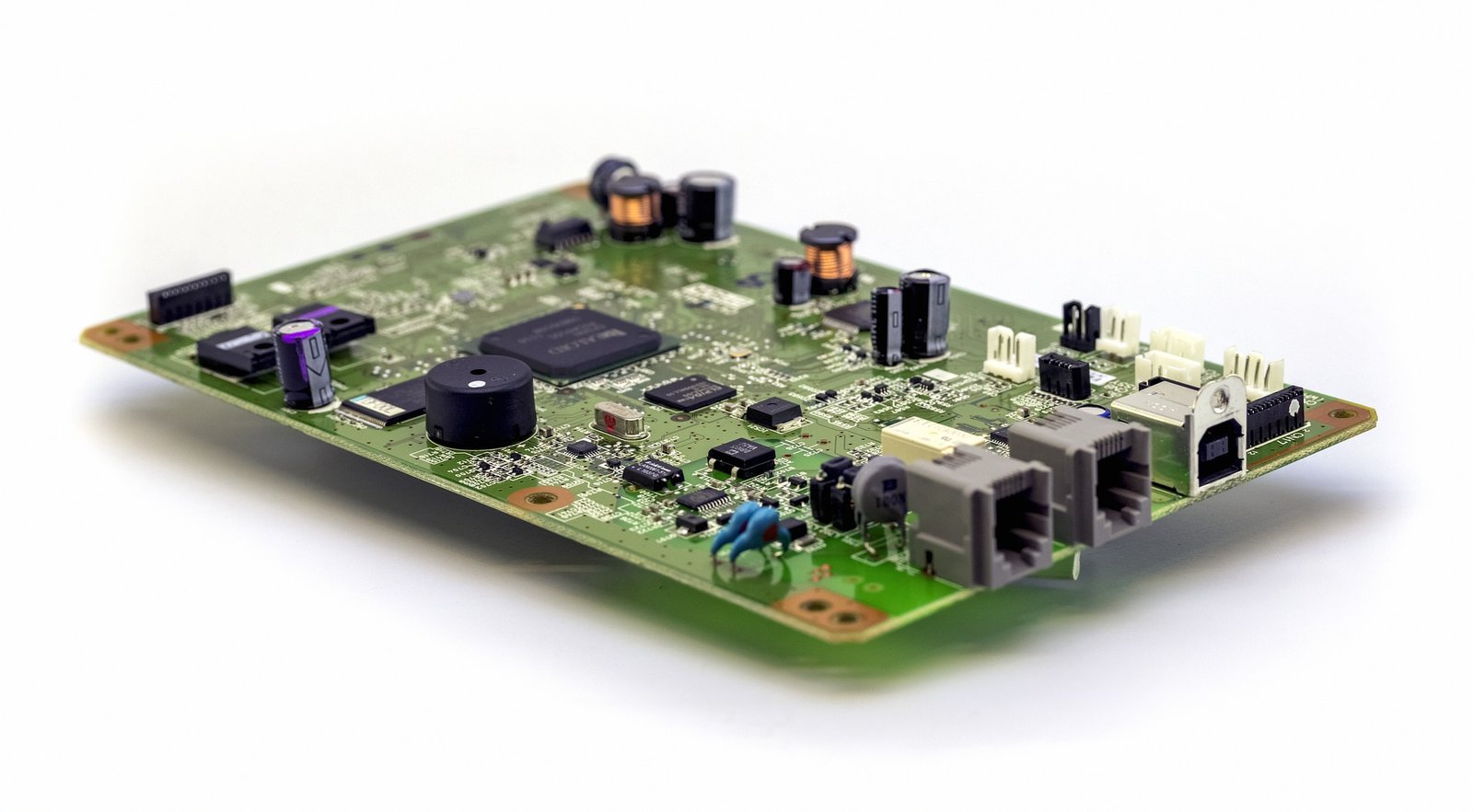Introduction
Printed Circuit Board (PCB) soldering is an essential process in the manufacturing of electronics, serving as the backbone for component attachment and circuit functionality. As technology evolves, the methods and precision of soldering have become critical in ensuring the reliability and efficiency of electronic devices. Various techniques have been developed to meet diverse manufacturing needs, each with its unique advantages and applications.
Soldering techniques not only determine the structural integrity of the electronic device but also affect the production throughput and cost-effectiveness. Manufacturers like Arisentec, known for their expertise in PCB assembly and design services, continuously adopt and refine these methods to cater to the complex demands of modern electronics, ranging from consumer gadgets to sophisticated industrial equipment.
Wave Soldering
Wave soldering, a staple in the industry, is primarily used for through-hole component assemblies. This process involves passing a PCB over a cascade of molten solder, where a wave-like motion created by a pump allows the solder to connect with the exposed metal areas of the board. It is particularly valued for its speed and ability to create strong, reliable solder joints in large-volume productions.
Despite its advantages, wave soldering has limitations, especially when dealing with fine-pitch components or high-density PCBs. However, as a best PCB manufacturer, Arisentec efficiently utilizes wave soldering for specific applications where it offers the most benefits, ensuring cost efficiency and robustness in products that meet industry standards.
Reflow Soldering
Reflow soldering is the predominant method used for surface-mounted components (SMT). This technique involves applying solder paste to the board, placing components, and then passing the assembly through a controlled heating cycle in a reflow oven. The precision of the heating profile is crucial, as it melts the solder without damaging sensitive components, making it ideal for complex circuit boards.
The main challenge of reflow soldering is managing the thermal profile to avoid defects such as cold joints or overheating. Companies specializing in PCB assembly turnkey solutions, like Arisentec, leverage advanced reflow techniques to ensure high-quality assembly suited for products requiring high reliability and miniaturization.
Selective Soldering
Selective soldering combines the benefits of wave and reflow soldering by targeting specific areas of the PCB for soldering, sparing other components from unnecessary thermal stress. This technique is particularly useful for mixed technology boards that include both through-hole and SMT components, providing a versatile solution for complex assemblies.
Arisentec, known for their pcba manufacture capabilities, employs selective soldering to enhance production flexibility and precision. This method allows them to meet client specifications more accurately, reducing the need for manual rework and increasing overall production efficiency.
Hand Soldering
Hand soldering is employed predominantly for prototype development, rework, and low-volume productions where automation is not feasible. This method requires skilled technicians who can apply solder with high precision, using a soldering iron. It’s particularly valuable for making quick modifications or when working with high-value components that require meticulous handling.
While hand soldering offers unparalleled control and adaptability, it is labor-intensive and can lead to inconsistencies if not performed by experienced technicians. Arisentec ensures that even in hand soldering, the highest standards are maintained, merging craftsmanship with the latest pcb design services to deliver exceptional quality.
Infrared Soldering
Infrared soldering uses infrared heaters to melt the solder, allowing for precise control over the heating area. This method is excellent for dealing with complex and densely packed PCBs, where other methods might result in uneven heat distribution. It is especially beneficial for tasks such as reworking circuit boards, where specific areas need re-soldering without exposing the entire board to heat.
Despite its advantages, the initial setup cost for infrared equipment can be high. However, for tasks requiring the utmost precision, Arisentec incorporates infrared soldering as part of their fast pcb prototyping service, ensuring that even the most delicate components are securely and reliably soldered.
Comparison and Selection Criteria
Choosing the right soldering technique is crucial and depends on various factors including the type of PCB, component density, and production volume. Each method discussed offers specific benefits and is suited for different applications. Arisentec, as a leading PCB assembler, evaluates these factors to recommend the most appropriate soldering technique that ensures quality and efficiency.
In the competitive PCB manufacturing landscape, understanding these soldering techniques provides clients with insights into how their products are built. It also helps in making informed decisions about the design and manufacturing processes that will best suit their project’s requirements.
Future Trends in PCB Soldering
As electronic devices continue to evolve, soldering technologies are also advancing. Innovations such as laser soldering and robotic soldering are gaining traction, offering even greater precision and efficiency. Arisentec stays at the forefront of these developments, incorporating cutting-edge technologies into their services like PCB layout services and microcontroller PCB design.
Looking ahead, the future of PCB soldering will likely involve more automation and new materials that provide enhanced performance characteristics. These advancements will further revolutionize how PCBs are manufactured, making processes faster and more cost-effective while improving the reliability of electronic devices.
Conclusion
The proper selection and application of PCB soldering techniques are pivotal in electronics manufacturing. Techniques like wave, reflow, selective, hand, and infrared soldering each play a critical role depending on the application. With companies like Arisentec leading the way in PCB assembly and manufacturing, the industry is well-equipped to meet the growing demands for high-quality, reliable electronic products. As technology progresses, the evolution of soldering methods will continue to enhance the capabilities and reach of electronic devices globally.
Choosing the Right Wires for Breadboard Wiring: A Comprehensive Guide
Breadboards are a staple in electronic circuit building, offering flexibility and ease of use for both beginners and professionals. However, one of the most critical aspects of working with breadboards is selecting the right wires. The wires you choose can impact not only the functionality of your circuit but also its longevity and ease of…
How to Improve Heat Dissipation in PCB Design
Introduction As modern electronic devices become more complex and power-dense, heat dissipation has emerged as a critical factor that directly impacts device performance and reliability. Excessive junction temperatures in electronic systems can shorten the lifespan of components and lead to system failure. Thus, optimizing the PCB (Printed Circuit Board) design to improve heat dissipation is…
Manufacturing Process of Multilayer PCBs
Multilayer PCB manufacturing methods include the plated-through hole (PTH) and high-density interconnect (HDI) methods, both achieved by combining different processes to realize the circuit board structure. Currently, the most widely used method is the PTH method, which has been developed and refined over more than half a century. The PTH method is mature in terms…


